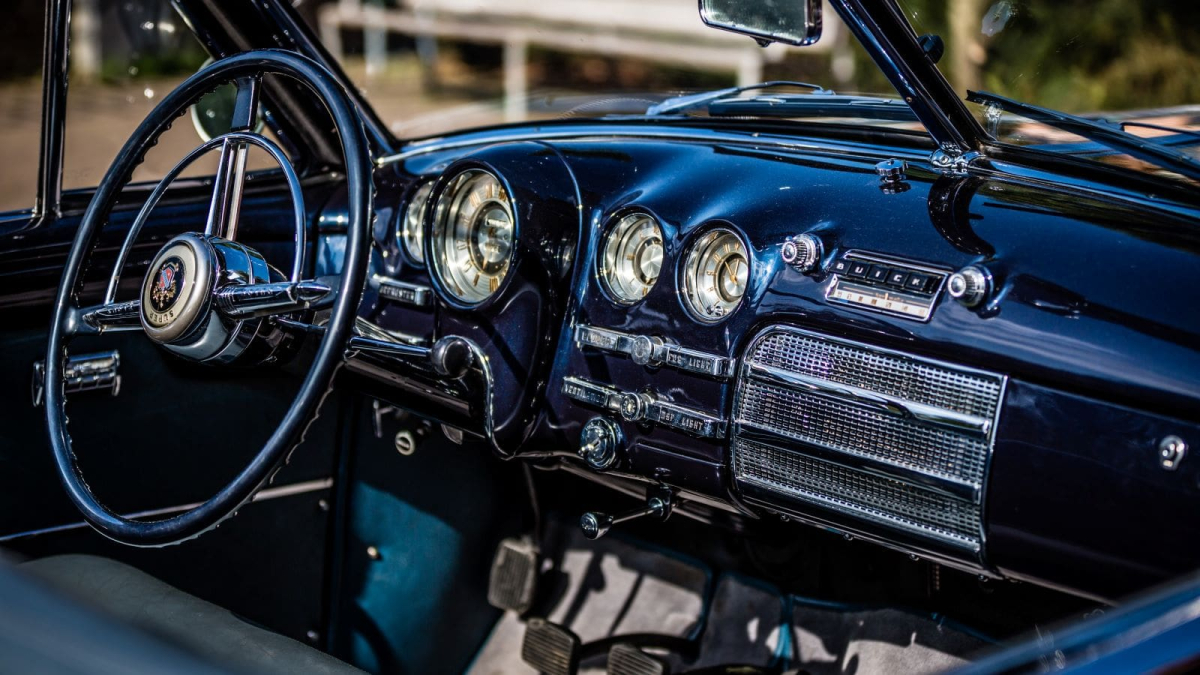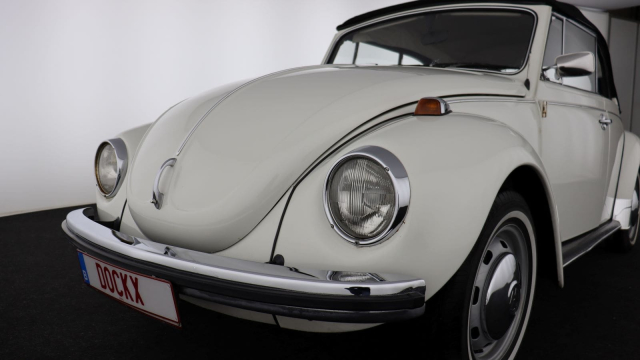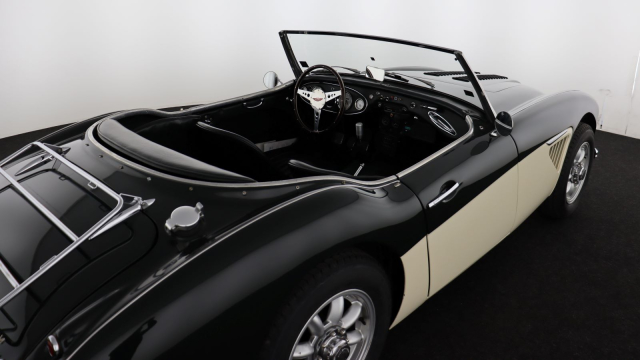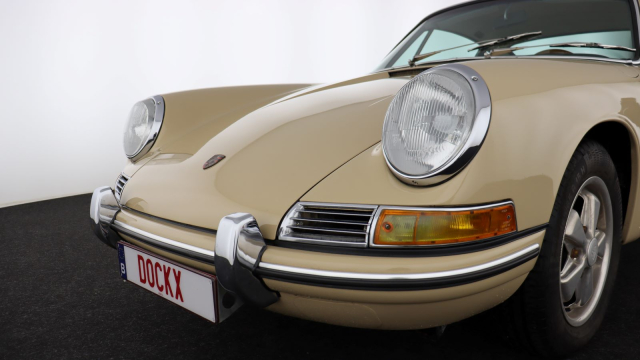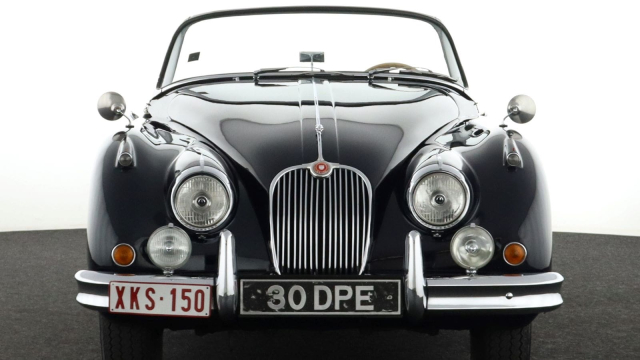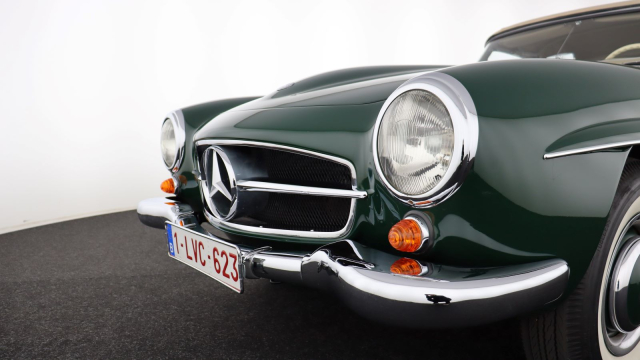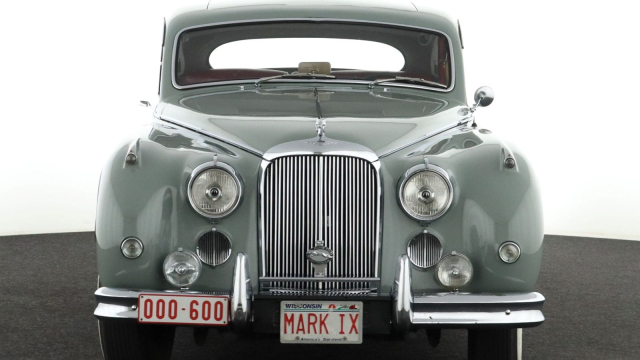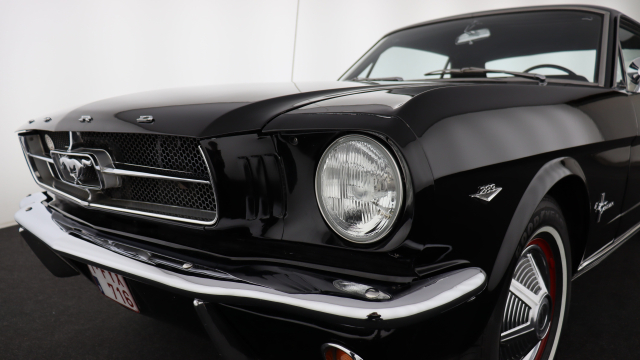Classic (in) traffic
Driving a classic car in today’s traffic instantly transports you back to simpler times. Because less is more. Less fiddling with buttons and screens, and less distraction from gadgets and beeps. Welcome back to the analogue age. A couple of dials on the dashboard, only the buttons you need – all with a satisfying click into position. And, if you’re lucky, a radio that can receive both AM and FM with that nostalgic crackle. Only the clutch, throttle and brake pedals have stayed the same over the years.
Quick adjustment
You can only drive a vintage car from the age of 30. That’s how old the car has to be, at least. It goes without saying that technology hasn’t stood still since your car was built. Modern cars accelerate, steer and brake better and faster – and more consistently, in particular. So, if you’re driving a vintage car, no matter how advanced or fast it was back then, some caution is advised in today’s traffic. Yes, even with our Porsche 912, Jaguar E-type, Jaguar Mark IX or Austin Healey 3000S. Anticipation is the key to success here. Vintage cars have smaller brakes that are not power-assisted, resulting in longer braking distances. Steering is also much heavier without any help from hydraulics. Luckily, however, a vintage car’s greatest charm is your own input, so you drive around more mindfully. More mindful and so more alert.
The main differences at a glance
Starting
- Chances are there won’t be an automatic choke. Instead, you operate this valve – to (temporarily) restrict airflow to the engine – by pulling a lever on the dashboard.
- The fuel pump may also have its own switch. You should familiarise yourself with the controls before starting.
- Give your car enough time to warm up (and build up pressure). And make sure you don’t put any heavy strain on your engine immediately after starting.
Controls
- Depending on the make and model, the gear shift pattern may be a bit different, just like it still is sometimes in modern cars. First gear is usually top left, but can also be bottom left. And wear and tear over the years may also make it more difficult to find the right gears. So, for safety, always keep the clutch in when starting or make sure the car is in neutral.
- Windscreen wipers, lights and indicators all have their regular place these days, but you might have to search for them in a vintage car. Check your dashboard, or even in the middle of your steering wheel where you would find the horn today, for example.
Driving
- Your foot pedals are in their familiar place, but may sometimes be slightly off-centre or closer together. And the brakes and clutch are rarely power-assisted. So, for your own comfort and safety, wear shoes with a narrow fit and thin soles to feel exactly how much power (and finesse) you need.
- The way you refuel cars has not changed much over the years, but what you actually put in your tank has. You can’t find the old leaded petrol at service station pumps anymore, so fill up with the highest quality petrol for clean combustion and add an additive if required. And don’t forget your fuel cap before driving off.
- Driving in the rain? Be warned that old wipers generally aren’t as good as modern ones, so you may need to adapt your driving style if you have more limited visibility. And definitely bring a microfibre cloth with you because your windscreen will fog up much faster on the inside.
- Finally, keep a close eye on your dashboard. The essentials are the (water) temperature and oil pressure. And, if you notice anything unusual while driving – smoke or any unusual smells, movements or sounds – pull over and make sure everything is in the right place and running as it should. Having a bottle of water or two to rehydrate in case of a breakdown, or to cool down your engine, is definitely not a luxury.
Route planner through city traffic
Another part of the charm is the sound of the engine. Modern cars have to satisfy much stricter regulations but, in the past, the fun was endless, or so it seems. Unfortunately, that beautiful roar also comes with emissions, which means you can’t just drive anywhere you want. Before setting off, you need to check whether you are allowed to enter the LEZ or low-emission zones in major cities. In Brussels, for example, you can enter for free with your O-plate. That’s not the case Antwerp, however, although you do get a discounted day pass. You can also only enter Ghent with a special day pass, unless your car is more than 40 years old, in which case you can buy a permit to explore the city centre for up to a year. But if you want our advice, we would definitely plan a route much further away from these urban areas. Not only will you save yourself some money (which you might prefer to spend on a full tank), but also some stiff muscles. Operating the clutch, brake and steering without any power-assistance in heavy city traffic all day is surprisingly hard work.
Pure enjoyment with any vintage car
Whether you get behind the wheel of a VW Beetle, Ford Mustang '64 or Mercedes 190 SL, or prefer to be chauffeured around in a Mercedes 280 SE, Mercedes 300 SC or our Packard 120, one thing these exclusive vehicles all have in common is that they give you a real taste of nostalgia. Our tip? Rent a vintage car and enjoy yourself to the fullest. And the best way to do that is by seeking the freedom of the open road in your classic car, enjoying your surroundings and nature, and letting your worries fly out of the open window.
Believe us, at Dockx Rental you don’t just rent a car, you rent an experience!
